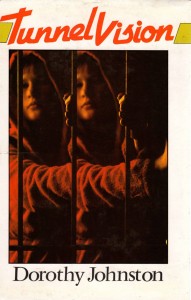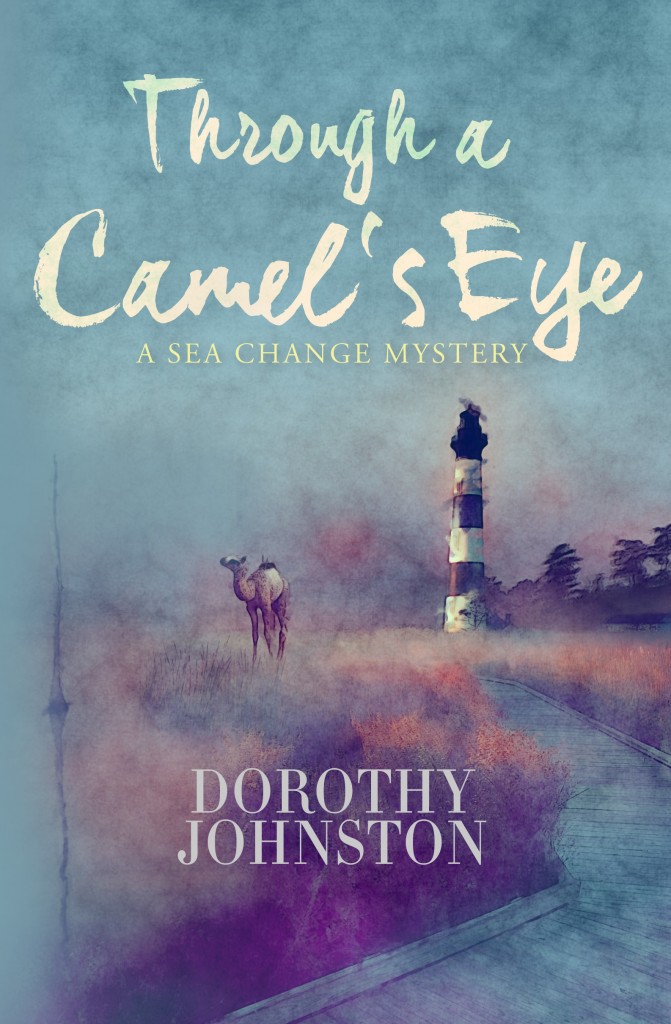When I read a description of The Three Princes of Serendip on Gert Loveday’s blog, I immediately felt anxious. Here was an ancient story that began with a missing camel. My new novel, Through a Camel’s Eye, due for release next year by Sydney-based publisher For Pity Sake, and up to the proof-reading stage, begins in exactly the same way. What if I had somehow, without remembering or realizing, absorbed the whole plot and transferred it to modern times, to the small town of Queenscliff close to where I live?
The camel in the old Persian tale is a native, as are the three young men who notice his tracks and cleverly deduce (in Sherlock Holmes fashion) all kinds of facts about him. My camel is an exotic and enchanting creature, at least he is to me. As I read on, I was relieved to find many other differences as well.
So I don’t have to face the ignominy of having pinched my plot. But the word ‘serendipity’, which Horace Walpole coined, using The Three Princes of Serendip as an example, is relevant to my story, and accurately conveys the way my protagonist goes about his detective work.
Chris Blackie, senior constable at the generally quiet Queenscliff police station, stumbles on an important clue while looking for camel tracks in the sandhills. His methods of deduction and inference, and those of his assistant, Anthea, fall well within the ‘serendip’ tradition. The clue discovered in the sandhills starts them off on the search for a missing woman.
‘..they were always making discoveries, by accidents and sagacity, of things which they were not in quest of..’ Walpole says, referring to the princes in a letter to Horace Mann.
Right!
I discovered that the Serendip (an old name for Sri Lanka) story is one of those that fairy-tale scholar Marina Warner describes as having ‘seven league boots’; that is, they can be found all over the world. In India, the tale involves an elephant, while in Palestine and Arabia it’s usually a camel that has disappeared. Walpole substitutes a mule, perhaps because mules were more familiar to him.
In cultures where tracking is not only an important, but an essential skill, it’s no surprise that such stories abound. I wish I could find an Aboriginal one to include here. Never mind, I’ll just keep looking and maybe…
Thanks for your interest, Guy. The ebook will be available on all the usual sites. I will certainly let you know when the time comes.
I thought you were only joking about being worried you’d stolen your plot. Even if you had, I doubt that an ancient Persian writer would have pursued you through the courts. I’m really looking forward to this one.
Thanks for the re-assurance! As you know, the few weeks before a book appears in the public domain is a very worrying time. Not only do dreaded typos keep popping up, but great gaping holes open in one’s carefully constructed narrative. But actually, Gert, you did me a good turn witb your Three Princes post. I realized that my protagonist’s methods of detection are truly serendipitous, in the sense coined by Horace Walpole, and I believe this is going to be a fruitful line to pursue.
For pity sake! We can’t wait to get ‘Through a Camel’s Eye’ out there, Dorothy. Your book, and its publication, makes serendipity an artform! Thank you thank you for working with us.
Thanks, Jen! The more I think about it, the more there is to be said for Constable Chris Blackie’ s approach to solving crime.















Thanks to the internet, I should be able to find a copy of this when it’s released